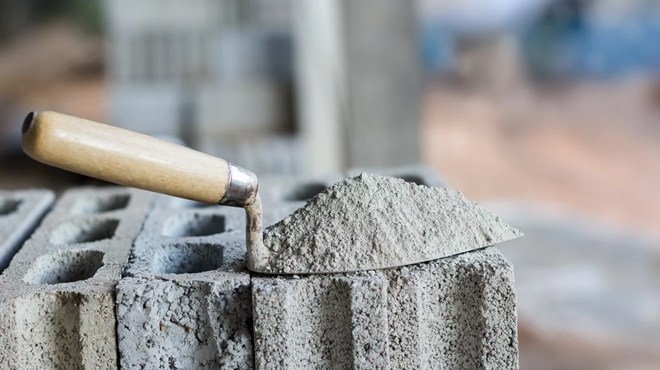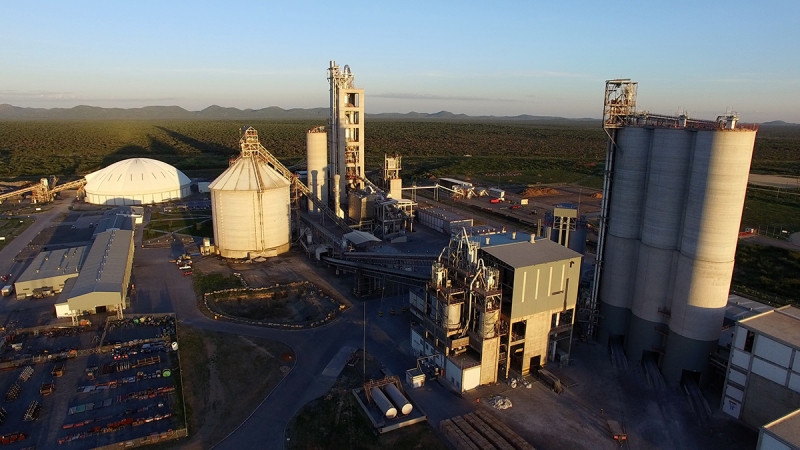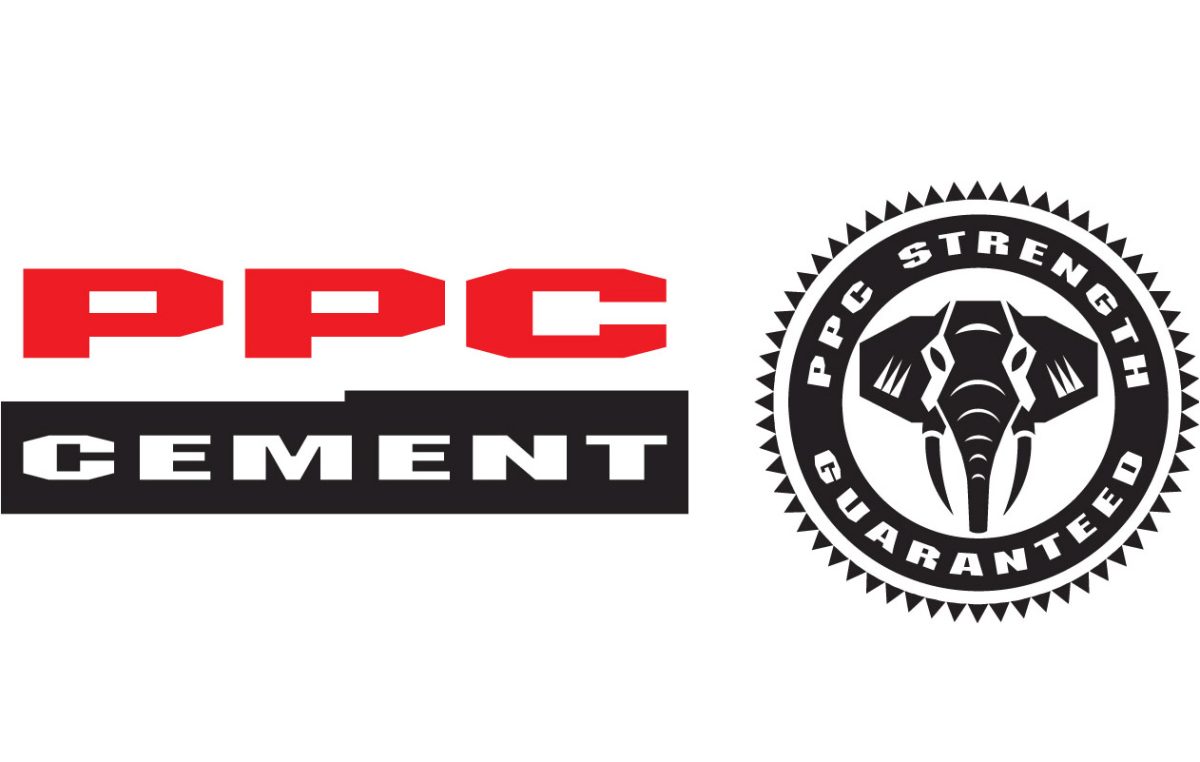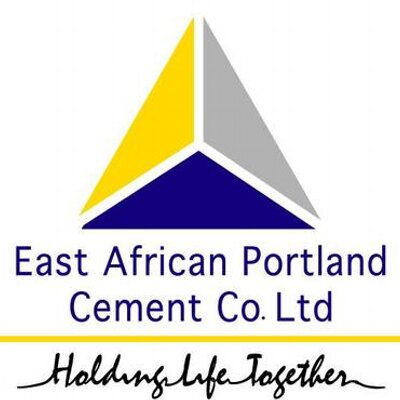
Pakistan cement exporters are
putting pressure on their government to convince SA to overturn the existing
anti-dumping duty on imported cement from that country.
The surge of cement imports from various
countries have put local producers such as listed cement and lime firm PPC on
the back foot. In 2018, cement imports soared 85%.
For the local cement companies,
the influx of imports aggravates the effect of weak economic growth,
overcapacity, stiff competition and floundering construction sector.
The International Trade
Administration Commission (Itac), the SA body that investigates and sets
tariffs on imported products, imposed antidumping duties on Portland cement
from Pakistan with effect from May 15 2015. The antidumping duties, which
ranged from 14.29% to 77.15%, followed Itac’s investigation after an
application by a number of local cement producing companies.
Mohammad Rafiq Memon, chairman of
the Pakistan-SA Business Forum, has called for the intervention of the Pakistan
authorities. “Before the antidumping duty, annual cement exports to South
Africa were worth $700m, but has subsequently dropped to $100m,” he says.
Memon says SA should revisit the
decision to impose the anti-dumping duties in the interest of fair trade. “This
affects the bilateral relations between South Africa and Pakistan. There must
be a balance. South Africa exports goods to Pakistan. Both countries should be
happy with the trade relations.”
In 2015, Pakistan took SA to the
World Trade Organisation (WTO), claiming that the antidumping duties were
inconsistent with WTO provisions because, among others, SA failed to clearly
define the scope of the products under investigation.
Memon says the Pakistan-SA
Business Forum plans to establish a trade centre in SA by the end of December
2019, at which Pakistani manufacturers and exporters will display samples of
their products and services. He says instead of seeking protection against
imports local producers should focus on improving quality and standards.
Since the imposition of the
duties on Pakistan cement, Vietnam has taken over as the largest exporter to
SA, with 30,000 to 50,000 tons imported into the country each month, according
to construction market intelligence firm Industry Insight.
Industry Insight says SA’s
imports of cement decreased 47% year on year in February, following the 61.2%
increase in the previous month.
About 42,000 tons of cement were
imported during February, mainly from Vietnam. “Nothing was reported from
China, since June 2018. The decline reported in February, resulted in an
overall decline of 10.5% for the first two months of the year, compared to the
same period during 2018,” Industry Insight says.
While the Pakistani producers
want the SA government to review the antidumping duty, their local counterparts
PPC, AfriSam, Lafarge, Sephaku and Natal Portland Cement, through
representative body The Concrete Institute, wants Itac to impose a total ban on
imports for a limited period.
According to the institute,
following the imposition of anti-dumping duties on cement from Pakistan, the
floodgates opened for imports from Chinese producers. Imports from China
increased steadily in 2016 and 2017, and in 2018 imports from Vietnam started
taking over, totalling more than 1-million tons of cement imported into SA
in 2018. The Chinese, and now Vietnamese, imports have replaced Pakistani
products.
The Concrete Institute’s MD, Bryan Perrie, in February said the imports were hurting the viability of the local industry. He said some local companies have considered mothballing some of their plants and retrenching employees. The companies have also put on hold expansion plans.https://www.businesslive.co.za/bd/companies/industrials/2019-05-06-pakistan-cement-producers-challenge-sa-import-duties/
More news
- CELEBRATING EXCELLENCE IN THE RESIDENTIAL PROPERTY SECTOR
- PART 4: GIBS PANEL DISCUSSES INTEMEDIATE CITIES ROLE IN AFRICA’S DEVELOPMENT
- EXPOSED AGGREGATE PAVERS COMPLEMENT NEW LIFESTYLE CENTRE
- GIBS PANEL EXPLORES ROLE OF INTERMEDIATE CITIES IN SA’S DEVELOPMENT PART 3
- CITI-CON’S CONCRETE KNOWLEDGE SUCCESSFULLY DEPLOYED ON NEW LANDMARK DEVELOPMENT





